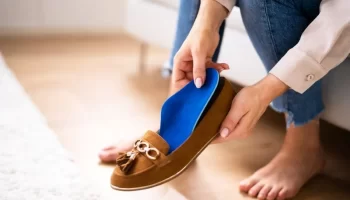The most frequent reason patients visit an orthodontist is for malocclusion or misalignment. The cause is inherited and arises from variations in jaw size, either between the lower and upper jaw or between the jaw and the teeth. Tooth overcrowding, a malformed jaw, or uneven bite patterns are caused by malocclusion.
A dentist skilled in identifying, treating, & preventing abnormalities of the teeth & jaw is known as an orthodontist. They fix current issues and have the training to recognize potential future problems. Orthodontists treat patients of all ages, including teens and adults. See a Morrisville orthodontist today.
Reasons to see an orthodontist
- Braces or dental appliances
Your orthodontist affixes square bonds made of metal, ceramic, or plastic to your teeth. Your teeth are forced to be in alignment by a system of wires or springs. In place of traditional braces, you can use aligners or clear braces if your malocclusion is only mild. For the purpose of aligning teeth with external pressure, some people require headgear. Retainers are needed after braces or aligners. A custom-made appliance called a retainer holds your teeth in place. Palate expanders facilitate mandibular expansion. They are applied to kids the most frequently. Without extracting teeth, they can make more room in the mouth.
- Orthognathic surgery
Orthognathic surgery, sometimes referred to as orthodontic surgery, may be necessary to lengthen or shorten your jaw if you have a severe underbite or overbite. To support your mandible, orthodontists may use wires, surgical screws, or plates. Only when all other orthodontic treatments have failed & your growth is complete may you consider jaw surgery.
An orthodontist may be necessary if you have:
- Too little space to accommodate all of your teeth or crowding
- When your upper teeth overlap your lower teeth, you have an overbite.
- Underbite: an excessively forward-facing bottom teeth position
- Gap concerns or gaps in space
- When your mouth is closed, your upper teeth match behind your lower teeth in a condition known as a crossbite.
- A vertical space or open bite between your front bottom & upper teeth
- When the centers of your upper and lower teeth are not aligned, you have a misaligned midline.
Benefits of Orthodontic Treatment
Resolving a dental malocclusion can:
- Streamline speaking, chewing, and biting, Boost facial symmetry, and enhance your appearance overall.
- Relieve temporomandibular joint discomfort.
- Your teeth will be easier to clean and more separated, reducing your risk of cavities and tooth decay.







